We’ve all fed our dogs something we shouldn’t at some point, and in most cases, nothing bad ever comes of it. However, chicken and rice is one peculiar dish.
How does the combination of chicken and fish lead to yellow or orange poop in your dog? And should you be feeding this to your canine companion in the first place?
For starters, a dog might be recommended a chicken and rice diet to help combat a pre-existing bout of diarrhoea, and then the yellow poo rears its head.
Generally, yellow poo is a normal and expected side effect of a chicken and rice diet. Dogs should not be fed this combination other than treating diarrhoea and should pass as soon as their diet returns to normal.
If you have followed this without results, consult a licensed vet to help your doggo.
Is yellow poo after chicken and rice normal?
Observing yellow, sometimes quite bright orange-ish, like a korma poo after chicken and rice, is normal.
The colouring comes from the chicken instead of the rice; you can see the same effects from other poultry such as turkey or duck. This colouring of the poo should disappear once your dog returns to their normal diet.
Yellow poo in dogs not on a chicken and rice diet suggests a different digestive problem or that they shouldn’t have ingested something.
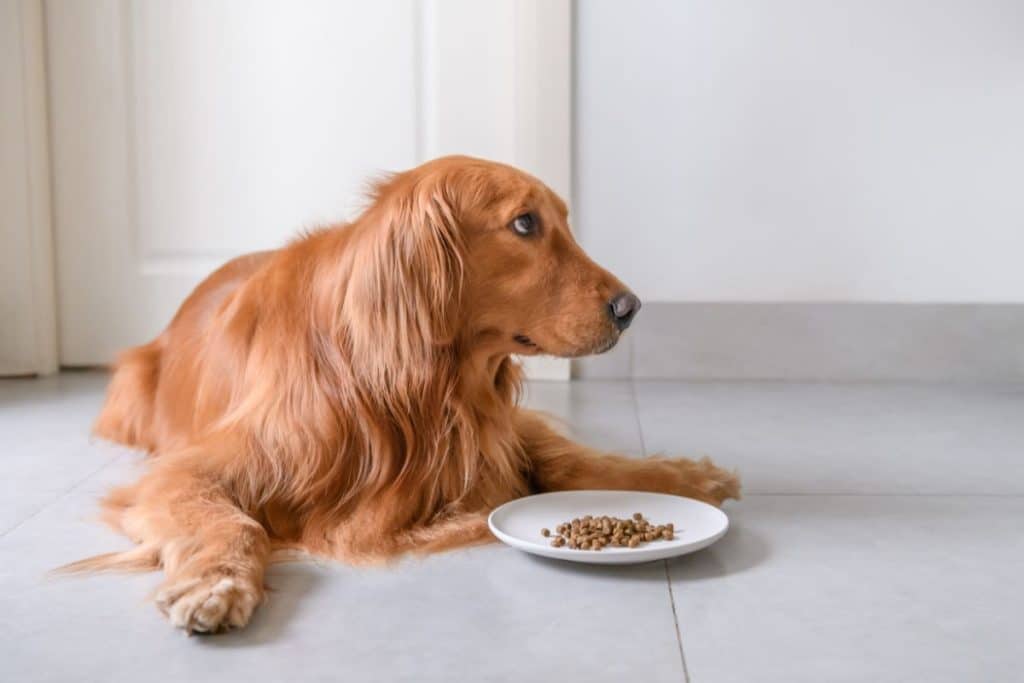
Here is a handy go-to guide to identifying potential problems in dogs by looking at their stools:
1. Colour
- Yellow or greenish stool indicates rapid transit (small bowel)
- Black, tarry stool indicates bleeding in the upper digestive tract.
- Bloody stool, red blood, or clots indicate bleeding in the colon.
- Pasty, light-coloured stool indicates a lack of bile (liver disease)
- Large, grey, rancid-smelling stools indicate inadequate digestion or absorption (malabsorption syndrome).
2. Consistency
- Watery stool indicates small bowel wall irritation (toxins and severe infections)
- Foamy stool suggests a bacterial infection.
- Greasy stool, often with oil on the hair around the anus, indicates malabsorption
- Excessive mucus, a glistening or jellylike appearance, indicates colonic origin.
3. Odour
First off, the more watery the stool, the greater the odour.
Food items like sour milk suggest rapid transit and malabsorption, for example, overfeeding, especially in puppies. Alternatively, the putrid smell suggests an intestinal infection.
4. Frequency
- Several in an hour, each small, with straining suggests colitis (inflammation of the large bowel)
- Three or four times a day, each large suggests a malabsorption or small bowel disorder.
What do I mean by “chicken and rice”?
When discussing chicken and rice for dogs, we aren’t talking about wet food or kibble, which is designed for dogs but uses ingredients for chicken and rice.
Instead, we are talking about chicken fillets and rice, made for human consumption but fed to a dog. Not necessarily on a plate or all dressed up like we would expect, but the core ingredients.
Why would a dog eat chicken and rice?
Generally, there are two reasons why a dog is eating chicken and rice – you have given it to them as a special treat or as an unfinished dish, or you’re feeding this meal as a result of advice from the vet.
The second reason is the one to focus on here – the vet recommended. Chicken and rice are sometimes recommended to owners of dogs with tummy trouble (diarrhoea). The idea is for the dog to consume nutrients without aggravating the digestive system.
When dogs get tummy trouble, it can lead to a lack of appetite, especially their wet/dry food… but give them a whiff of human food, and they’ll gulp it down.
However, human food can often make things worse and not better, and this is where chicken and rice come in.
This meal is bland at the best times but still packs all the necessary nutrients to keep them going, along with many ingredients unlikely to worsen things.
And if your dog has a grain allergy, you can check out the best grain-free foods to go with the chicken instead. That will also lead to yellow poop.
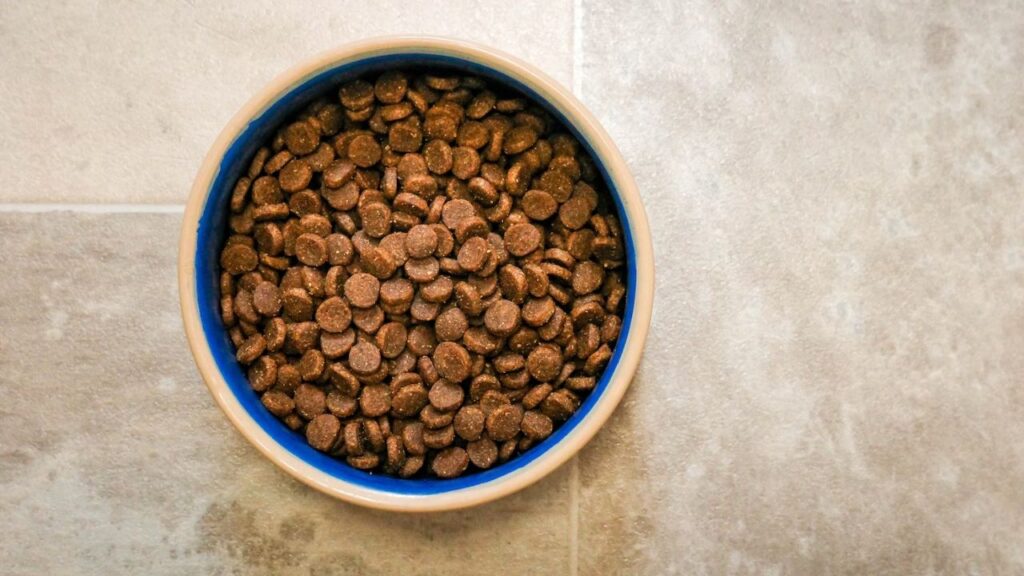
How do you treat yellow dog poop after chicken and rice?
As mentioned earlier, it’s nothing to be worried about. After your dog’s diarrhoea has been cured, you can take certain steps regarding their diet to treat the yellow or orange-ish poop.
- Revert to a Regular Diet: Gradually reintroduce their normal diet once their stomach is OK and their appetite is back.
- Hydration: Ensure your dog stays hydrated, especially if the yellow poop is accompanied by diarrhoea.
- Monitor Other Symptoms: Keep an eye out for other symptoms like lethargy, vomiting, or changes in appetite.
- Check for Allergies: Though rare, some dogs can be allergic to chicken. If the yellow poop persists, you might want to consult a vet to rule out any allergies.
Can chicken and rice cause yellow diarrhoea in dogs?
Chicken and rice are often recommended for dogs experiencing diarrhoea. Ironically, this diet can sometimes result in yellow or orange-tinged poo, which might be misconstrued as diarrhoea due to its unusual colour.
The key thing to understand here is the difference between coloured stool and actual diarrhoea. Diarrhoea will typically be watery and more frequent, whereas a change in colour doesn’t necessarily indicate a problem with the stool’s consistency.
While chicken and rice can sometimes result in yellow poop, it’s not usually the cause of genuine diarrhoea. Any persistent symptoms should be discussed with your veterinarian to rule out underlying health concerns.
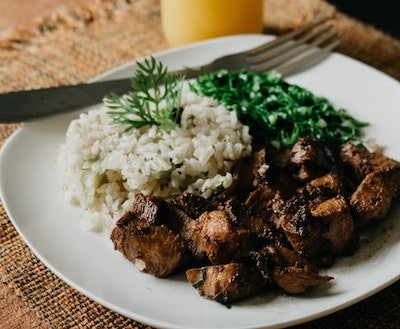
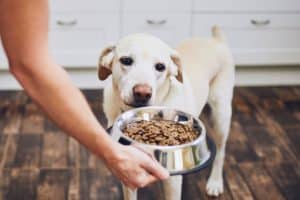
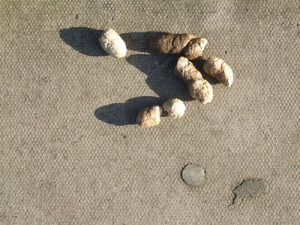
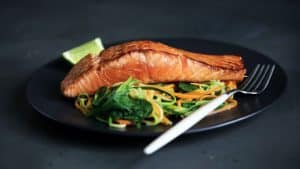
My regular diet for minpin & tibeten Terrier is chicken nuggets and peas and carrots canned.
But this doesn’t seem like it has enough protein.